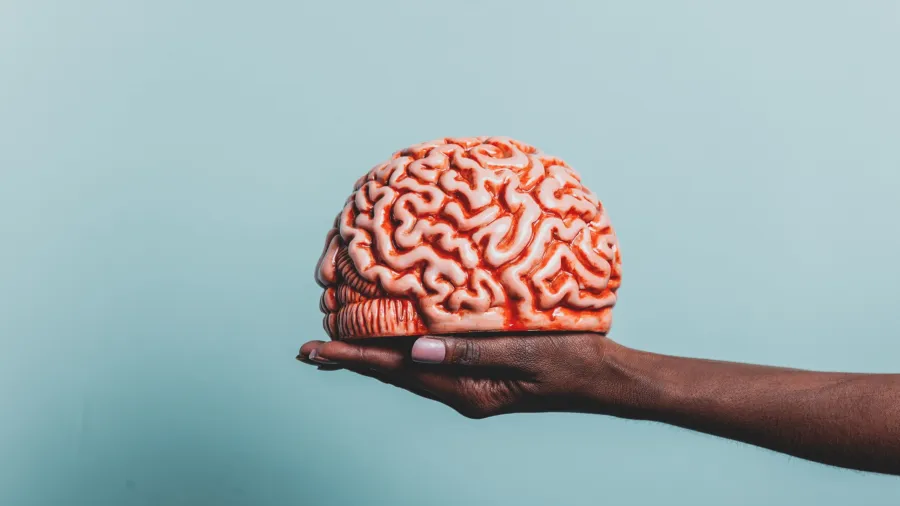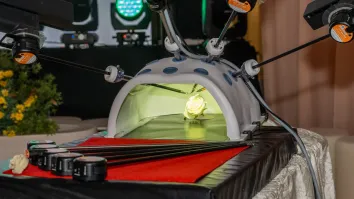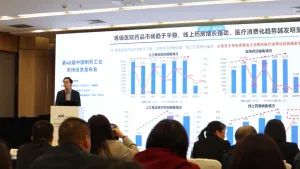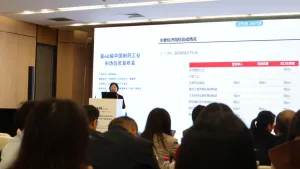
What lies ahead for the central nervous system stimulant drugs market?
Third-generation drugs drive its expansion, though potential side effects could hinder further growth.
The global central nervous system (CNS) stimulant drugs market is projected to rise by $6.48b until 2027 at an estimated compound annual growth rate (CAGR) of 5.8%.
A report by Technavio revealed that the market is being driven by an increase in CNS disorders whilst witnessing a trend towards new-generation drugs.
“Third-generation anti-epileptic drugs, such as rufinamide, eslicarbazepine, retigabine, and lacosamide, have emerged. These drugs offer even fewer side effects and broader therapeutic ranges, leading to a higher uptake,” it said.
However, potential side effects may impede the market’s growth.
Medication for Attention-Deficit Hyperactivity Disorder (ADHD), such as methylphenidates are associated with issues involving heart and liver damage, strokes, and epilepsy amongst others.
Meanwhile, narcolepsy drugs at high doses, such as amphetamines, can potentially lead to brain injury and neurotoxicity.
“Additionally, stimulants are frequently abused, resulting in health risks such as cardiovascular complications, seizures, and structural brain changes,” the report added.
Overall, the market is experiencing notable growth in healthcare services related to child and adolescent psychiatry, sleep apnea, and other sleep disorders due to an increasing demand for effective treatments.
Moreover, the market prioritises expanding clinical coverage and addressing needs in CNS stimulant therapies, focusing on strategies such as collaborations, acquisitions, and product development.



















 Advertise
Advertise





